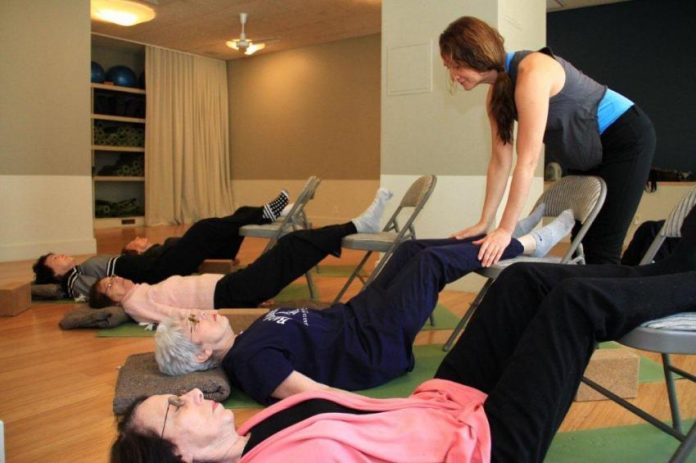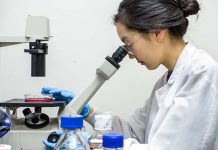Older adults experienced less pain, reduced stiffness and less fatigue after participating in a hospital-based exercise program, researchers report. “The study adds to the growing body of evidence that exercise can help people with muscle and joint conditions,” said one clinician.
It may seem counterintuitive, but exercise can be beneficial for people suffering from arthritis and other muscle and joint conditions. A new study at Hospital for Special Surgery (HSS) finds that older adults experienced less pain, reduced stiffness and less fatigue after participating in a hospital-based exercise program.
“The study adds to the growing body of evidence that exercise can help people with muscle and joint conditions,” said Sandra Goldsmith, MA, MS, RD, director of Public and Patient Education at Hospital for Special Surgery.
Up to 50 million adults in the United States have some type of musculoskeletal condition, affecting mobility and quality of life. Ms. Goldsmith and colleagues set out to assess the impact of HSS exercise classes on pain, stiffness, fatigue, balance, falls and physical activity.
A total of 1,400 adults participated in various exercise programs at the hospital during the course of the study, which began in 2011. The low-cost classes, led by certified instructors, included pilates mat, therapeutic yoga, yoga-lates (a combination of yoga and pilates), t’ai chi and dance. Classes met once each week and were open to the general public.
“Our data indicate that hospital-based programs can play an important role in pain relief, improved quality of life and improved levels of physical activity in older individuals with musculoskeletal conditions,” Ms. Goldsmith said. The research was presented at the American Public Health Association annual meeting in November.
“Often patients with musculoskeletal disease are more deconditioned than their disease-free counterparts. Strengthening the muscles around an arthritic joint has been shown to slow the progression of osteoarthritis and reduce pain,” said Linda Russell, MD, a rheumatologist and member of the Community Benefit & Services Committee of the Board of Trustees at Hospital for Special Surgery.
The majority of participants in the exercise program were age 75 or older. Thirty-six percent were 75 to 84 years old; 31.2 percent were over age 85; 24.8 percent were age 65 to 84; and eight percent were under 65. Ninety-two percent were women.
A total of 204 individuals handed in questionnaires both before and after completing the program. Survey results covered September 2011 to July 2014.
The study found that after taking the classes, fewer participants reported experiencing a high level of muscle/joint pain from their condition (56 percent before the program started vs. 47 percent after completing the program). The study also reported statistically significant reductions in how much their pain interfered with their general activities, ability to walk, mood, sleep and enjoyment of life.
Eighty-three percent of participants indicated a reduction in stiffness; eighty-two percent said they felt their balance improved; and sixty-seven percent said they experienced less fatigue as a result of taking part in the program.
Health outcomes were also related to the type of exercise class participants chose, with the greatest reduction in muscle/joint pain reported by those who took t’ai chi. “The survey results indicate that the hospital’s exercise programs have a positive impact on the musculoskeletal health of participants,” said Ms. Goldsmith. “Hospital for Special Surgery will continue to offer these programs to this community to help them stay active, decrease pain and improve their overall health.”




